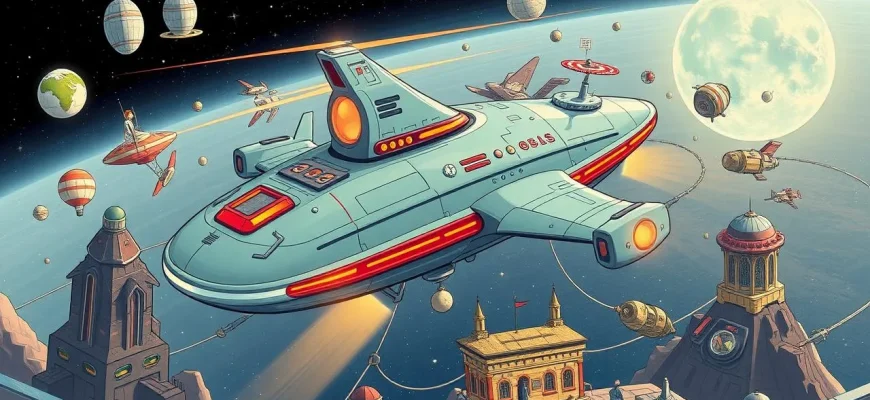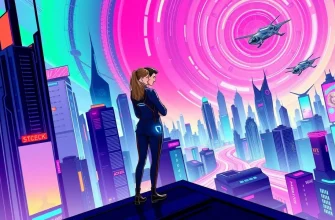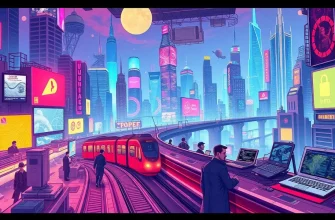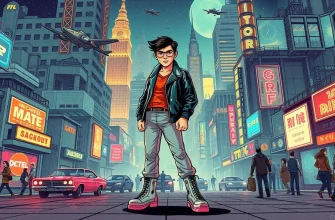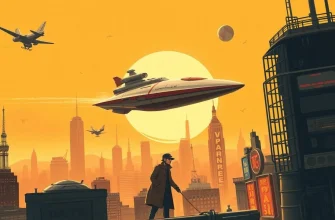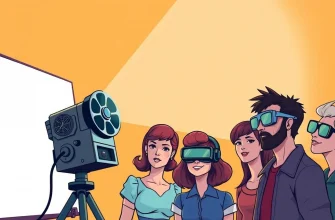In a world where technology and human emotions intertwine, science fiction films often explore the theme of connection in the most imaginative ways. This curated list of 10 films delves into the intricate relationships between humans, artificial intelligence, and the cosmos, offering a unique perspective on what it means to connect. Each film not only entertains but also provokes thought about our own connections in this ever-evolving digital age. Whether it's through telepathic links, virtual realities, or interstellar communication, these films will take you on a journey through the heart of what truly binds us together.
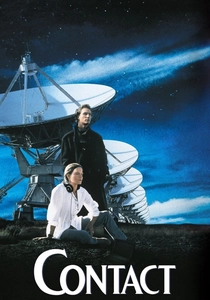
Contact (1997)
Description: Dr. Ellie Arroway's quest to make contact with extraterrestrial intelligence leads to a profound personal connection with the unknown, questioning the very nature of our existence and our place in the universe.
Fact: The film's ending was changed from the book to provide a more ambiguous and open-ended conclusion.
 Watch Now
Watch Now
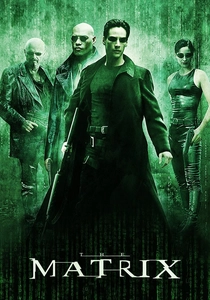
The Matrix (1999)
Description: Neo's journey from hacker to savior involves a deep connection with the virtual world, questioning reality and the nature of human connections within a simulated environment.
Fact: The film's "bullet time" effect was a groundbreaking visual technique at the time.
 Watch Now
Watch Now
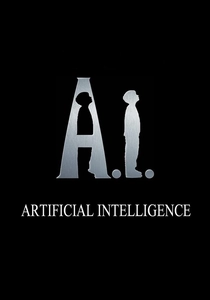
A.I. Artificial Intelligence (2001)
Description: In a future where robots are common, a childlike android named David embarks on a quest to become "real" to win back the love of his human mother, exploring themes of connection, love, and identity.
Fact: The film was originally conceived by Stanley Kubrick, but after his death, Steven Spielberg took over and directed it.
 Watch Now
Watch Now

Ex Machina (2014)
Description: A programmer is invited by his CEO to administer the Turing test to an intelligent humanoid robot, exploring themes of consciousness, manipulation, and the potential for genuine connection between humans and AI.
Fact: The film was shot in a single location, a remote house in Norway.
 Watch Now
Watch Now

Interstellar (2014)
Description: A team of astronauts travel through a wormhole near Saturn in search of a new home for humanity, exploring themes of love, sacrifice, and the connection between time and space.
Fact: The film was shot in IMAX 70mm film, making it one of the few films to use this format extensively.
 Watch Now
Watch Now

Moon (2009)
Description: In this introspective sci-fi, astronaut Sam Bell is nearing the end of his three-year stint on the moon when he starts to unravel the mystery of his own existence, exploring themes of isolation and connection with his own clone.
Fact: Duncan Jones, the director, is the son of David Bowie, who also contributed to the film's soundtrack.
 Watch Now
Watch Now

Her (2013)
Description: This poignant film follows Theodore Twombly, who develops a deep emotional connection with an advanced operating system named Samantha, exploring the boundaries of human-AI relationships.
Fact: Scarlett Johansson, who voices Samantha, was not the first choice for the role; Samantha Morton was initially cast.
 Watch Now
Watch Now

Transcendence (2014)
Description: After a brilliant scientist uploads his consciousness into a computer, his wife and colleagues grapple with the implications of his digital existence, exploring themes of connection, consciousness, and the singularity.
Fact: The film's title refers to the concept of technological singularity, where AI surpasses human intelligence.
 Watch Now
Watch Now
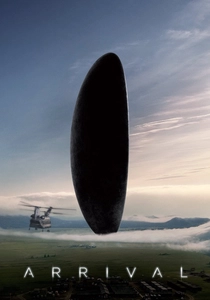
Arrival (2016)
Description: Linguist Louise Banks is tasked with interpreting the language of alien visitors, leading to a profound connection with the extraterrestrials and a reevaluation of time, communication, and human relationships.
Fact: The film's unique time structure was inspired by the short story "Story of Your Life" by Ted Chiang.
 Watch Now
Watch Now

WALL-E (2008)
Description: In a future where Earth is abandoned, a small waste-collecting robot named WALL-E forms an unexpected bond with EVE, a sleek probe sent from space, highlighting the power of connection in the most unlikely of circumstances.
Fact: WALL-E has no dialogue for the first 39 minutes of the film, relying on visual storytelling.
 30 Days Free
30 Days Free

